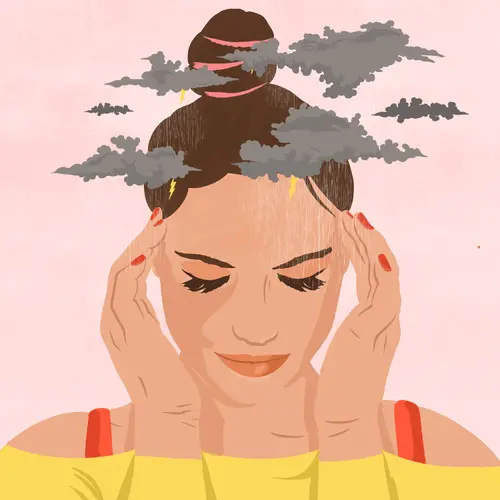Chronic migraines are diagnosed as migraine headaches happening 15 or more days in a month. If you have frequent migraine headaches, you might want to try Botox. The FDA has approved Botox treatment for frequent chronic migraines. A licensed professional will inject Botox around pain fibers related to your migraine headaches.
The Botox will enter nerve endings where it’s injected and block the chemical release that sends pain signals to your brain. You won’t feel instant relief after your first Botox treatment, but you’ll start to see more immediate effects after the second or third treatment. One treatment can last between 10 to 12 weeks. You can determine the frequency of treatment with a headache specialist or neurologist. It would be best to talk to the Botox specialist about where the injections will be for maximum effect. There may be some side effects depending on the injection site.
Botox will typically be injected into the muscles around your face, head, and neck for migraine prevention. The specialist will use a tiny needle to inject Botox into the “trigger points” of your headache pain.
Botox is recommended to treat chronic migraine if at least three or more other preventative treatments haven’t worked for you.
Botox can also help treat other conditions like:
- Hemifacial spasm
- Cervical dystonia
- Cerebral palsy
- Bladder pain
- Lower back pain
- Neuropathic pain
- Stroke
The potential side effects of Botox for chronic migraines are few but can happen. They include:
- Neck pain
- Neck stiffness
- Partial muscle weakness
Other side effects include:
- Injection site pain
- Blurry vision
- Dry mouth
- Difficulty swallowing
- Fatigue
These rare symptoms can make you feel like your neck is wobbly or that you don’t have much control over your neck and upper body muscles. Botox-related weakness and pain typically disappear within a few days, sometimes weeks. The best treatment for this subsequent pain is administration of anti-inflammatory drugs when the pain flares up.
You should avoid muscle relaxants, which can worsen muscle weakness and make the pain worse.
If the pain does not go away within a week, you should talk to your plastic surgeon or Botox specialist. If you're not getting relief from your migraines, you should speak with your doctor about other treatment options.
Keeping a journal of your migraine symptoms, treatments, side effects, and preventative measures can help you keep track of what's working and what's not helping. This will be helpful to talk through with your doctor.

